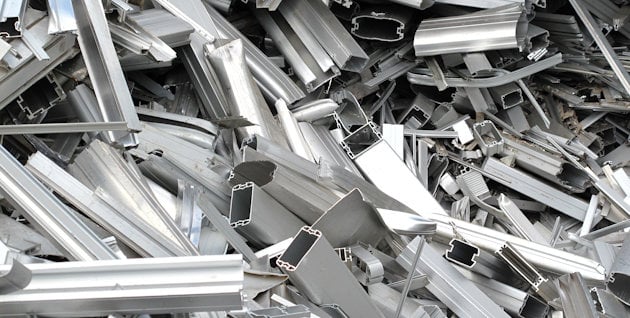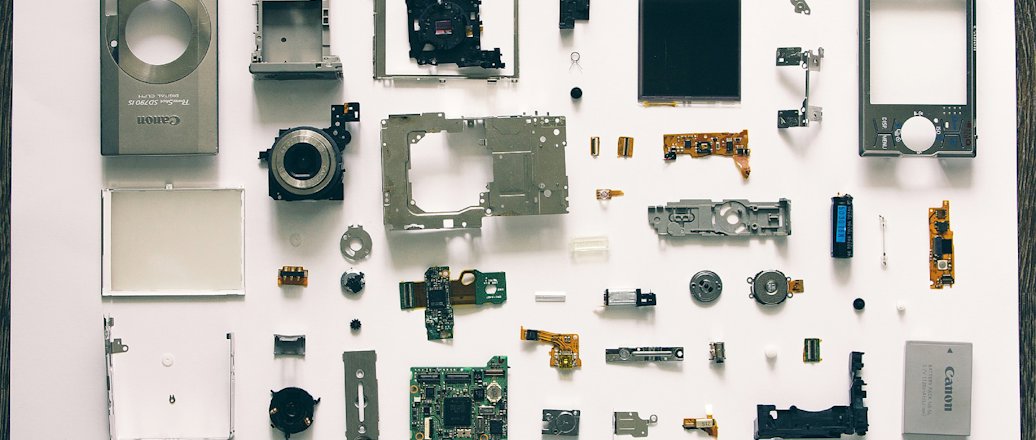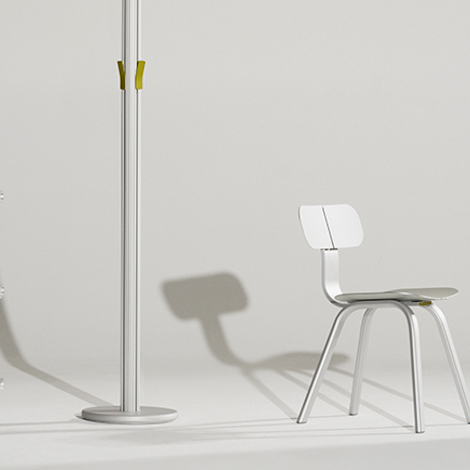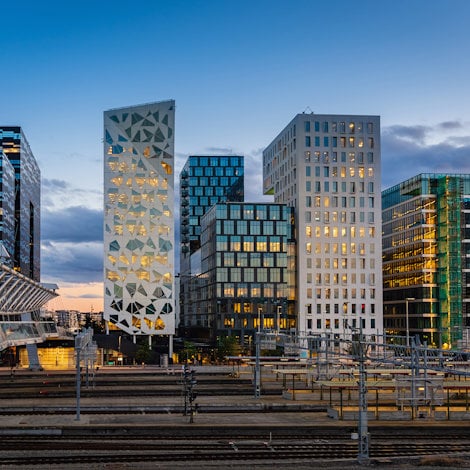Design for recycling
Why can't everything be recycled? There are many aspects to consider when designing and manufacturing for recycling.
Many environmentally aware companies want to increase the content of recycled material in their products, and they should be able to in theory, because most things can be recycled. But that is not the case in practice.
Some products contain materials that have been changed so dramatically in the manufacturing process that they are very difficult to recycle. Other products are made of many different materials that are put together in such a way that you simply can’t disassemble them, like computers. It is very difficult to recycle all the content from computers, although to be fair, it also comes down to cost. If you can recycle for a cost that comes in lower than the cost of using the primary material, then recycling makes economic sense.
However, in a world where resources are becoming scarcer, we have to find new ways of closing the loop and ensuring that our products actually can be recycled.

Begins with design
The best place to begin is in the design phase. This is where we have to consider whether or not it will be possible to disassemble the product. If we want the material to continue its life in consecutive life cycles, then we have to look at how we design the products, i.e. how we join the materials.
There are many aspects to consider when designing and manufacturing for recycling. The choice of material is an important one. Choosing a durable and recyclable material should be a prerequisite. Aluminium is a great material, yet it requires significant energy inputs in its primary production. When it is recycled, however, it needs only about 5 percent of the original energy input.
Secondly, we can look at how we put the product together. Some joining methods are better suited for recycling than others, and thinking about this already in the design phase will increase your ability to recycle the product once its lifetime has come to an end. Proper labeling and manuals will also be needed to help in the recycling process. And of course, the use of unnecessary joining elements such as screws should be minimized.
A third aspect is lifetime. This is getting increasingly important with the passing of the “wear and tear and throw away” era. How is the product optimized for a longer life? Creating products that last also means ensuring that the product is optimized for its intended working life. Re-use can be as efficient as recycling, and repair possibilities need to be considered, too.
When it comes to aluminium, it should be everybody’s common goal to focus on the recovery and recycling of the metal, but we have to start already in the design phase. Designers and manufacturers should therefore learn how to design and produce for disassembly. This covers both the choice of the material we use and the way the products are designed and manufactured, so they can be taken easily apart for correct and efficient recycling.








